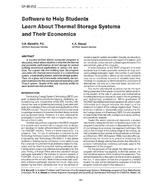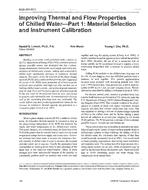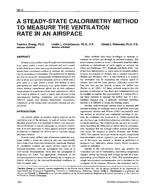The issue of assessing existing buildings in terms of their vulnerability to extreme man-made intentional threats has acquired great urgency in recent years. Several federal and professional agencies, as well as individuals, have been working on this issue, and a number of analytical methods and tools have been suggested and developed. The field has reached a level of maturity where it is now necessary to synthesize existing work and define the types of specific consensus and research areas that need to be studied from the buildings perspective. This paper starts by providing a background on work being done in terms of defining exposure thresholds, guidance documents, and vulnerability assessment software. Subsequently, a relative risk quantitative methodology is proposed that first entails performing a quantitative risk assessment of occupant exposure to certain pre-specified extreme chemical, biological, and radiological (CBR) event scenarios with pre-assigned relative occurrence probabilities. This is followed by evaluating the effectiveness of different counter-measures in order to frame a course of action in a decision analysis framework. This paper clearly delineates the various issues involved, evaluates ways to mitigate this risk, and points out which aspects need to be approached heuristically by broad consensus and which ones need technical/mathematical/ scientific treatment. Finally, it is suggested that the extent to which the indoor environment is affected by the HVAC system of the building and the fact that one is more interested in an aggregate relative risk to the occupants could allow boiling down a mass of detail into one that is better handled by simpler mathematical methods. We demonstrate how an analytical treatment offers some unique advantages that would combine ease of calibration with actual measurements, with the power to quickly assess the effect of multiple scenarios and mitigation measures, as well as to study the effect of variability and uncertainty at various stages of the analysis. Simulation of a dormitory building is used as a case study to illustrate the advantages of the analytical approach.
Units: I-P
Citation: ASHRAE Transactions, Vol. 113, pt 1, Dallas 2007
Product Details
- Published:
- 2007
- Number of Pages:
- 15
- File Size:
- 1 file , 1.8 MB
- Product Code(s):
- D-DA-07-031


